Spot the difference: a side-by-side comparison of genuine and aftermarket parts.
9 Mar 2023 Engines & Aftercare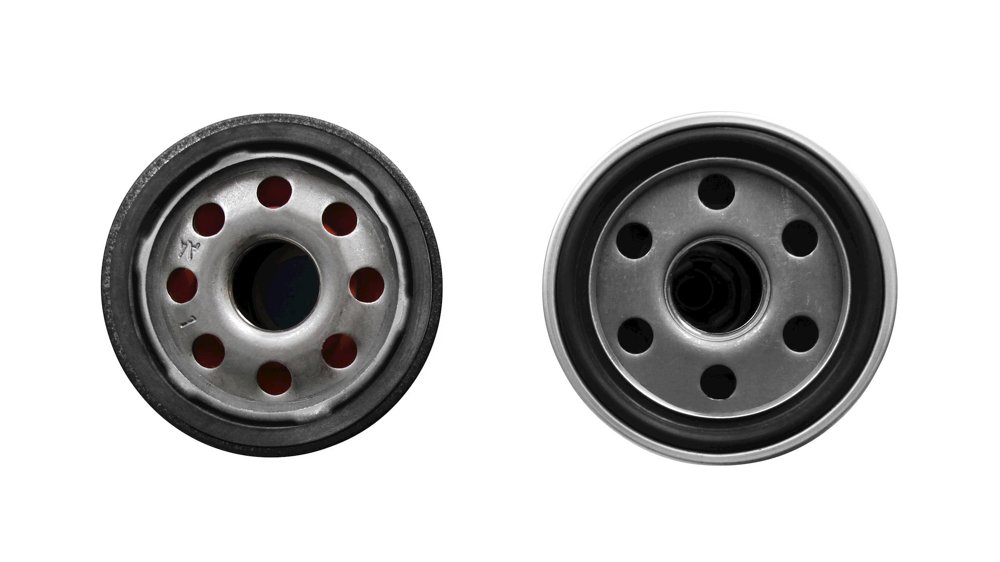
With a cost of living crisis driving expenses up across Europe, people are understandably looking to save money wherever they can.
Landscape professionals aren’t exempt, and naturally are looking to lower running costs for their businesses. An area that is often seen as a potential money-saver is replacement parts, with the cheaper aftermarket parts seemingly providing a cost-effective solution.
They are, however, not made to the same standard, and using aftermarket parts can have some nasty consequences for your engine incurring costs that far outstrip the initial price difference between parts. The difference in quality between Kawasaki Engines genuine parts and non-genuine parts is often vast, and can impact everything from engine life to the amount of oil and fuel you need to use.
We take a closer look and compare the parts, pinpointing what it is that makes genuine parts superior, and the potential consequences of using an aftermarket alternative.
Genuine vs aftermarket parts
Not all aftermarket parts are the same, and that in itself is part of the problem. Some aftermarket parts may perform adequately, others could fail immediately: it’s a risk that you take every time you purchase a non-genuine part – there’s no guarantees.
To help you understand what makes them different, we’ve investigated the most frequently replaced and critical engine parts: the filters.
We’ve put a genuine Kawasaki part in a side-by-side comparison with an aftermarket part so you can see the difference for yourself.
Oil filter
One of the most commonly replaced parts is also the most critical. If the oil filter fails, the engine fails. Generally, non-genuine oil filters will not remove as much combustion contamination, shortening the engine life.
In the below image, the genuine part is on the left, and a non-genuine part is on the right. This aftermarket oil filter was from a reputable supplier, but you can still see clear differences between the two.
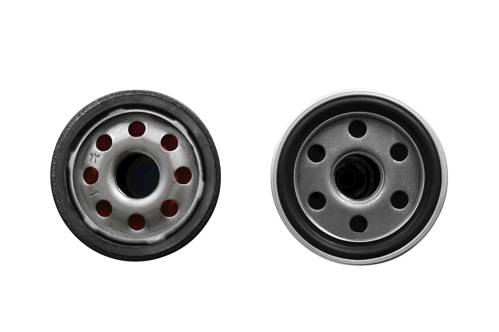
Why is the genuine oil filter superior?
- The filter element is more effective due to a low micron rating, which means that the pores designed to capture particles are smaller and able to trap a wider range of contaminants; ultimately improving the quality of the oil.
- The filter top plate (see above) has more holes, improving oil flow.
- Kawasaki oil filters have a matt finish, which makes removal easier during regular maintenance. The circumference of the canister will also fit an industry standard oil filter removal tool, which isn’t a guarantee with non-genuine oil filters.
- The Kawasaki oil filter has a relief spring/valve which is engineered to supply a continuous flow of engine oil. The design of the relief spring/valve is superior to any non-genuine filter.
- Inclusion of a pressure release valve. This safety feature is designed to allow oil flow if the filter becomes blocked. While not an ideal situation, it prevents the engine from running without any oil at all, which would result in a terminal failure within a short space of time.
- The canister is of a lightweight design, which helps heat dissipation. Some non-genuine parts are heavier, which may give the illusion of it being high-quality, but is actually detrimental to its purpose.
- The quality of the genuine oil filter assists in extending the life of the engine.
Potential issues with a non-genuine oil filter include:
- It may not have the same oil flow, reducing the oil life and engine performance.
- It may compromise the quality of the engine oil, as combustion contaminants pass through the filter; ultimately damaging the engine.
- Kawasaki fits a leak-down valve in all of its oil filters. Some aftermarket suppliers do not include this, and if they do it is of poor quality. This valve prevents a dry start while the oil filter is filling up. No engine oil in a cold engine can cause irreparable and catastrophic damage!
- The rubber on the anti-drain back valve can be too flexible in non-genuine oil filters, or at times not even present. This valve prevents engine oil draining out of the canister when the engine is not running. An inferior valve may not prevent this from occurring – this could cause the engine oil to not circulate immediately to pressurise the lubrication system on start-up.
Air filter
Another commonly replaced part, the air filter is responsible for keeping dust and debris out of the engine.
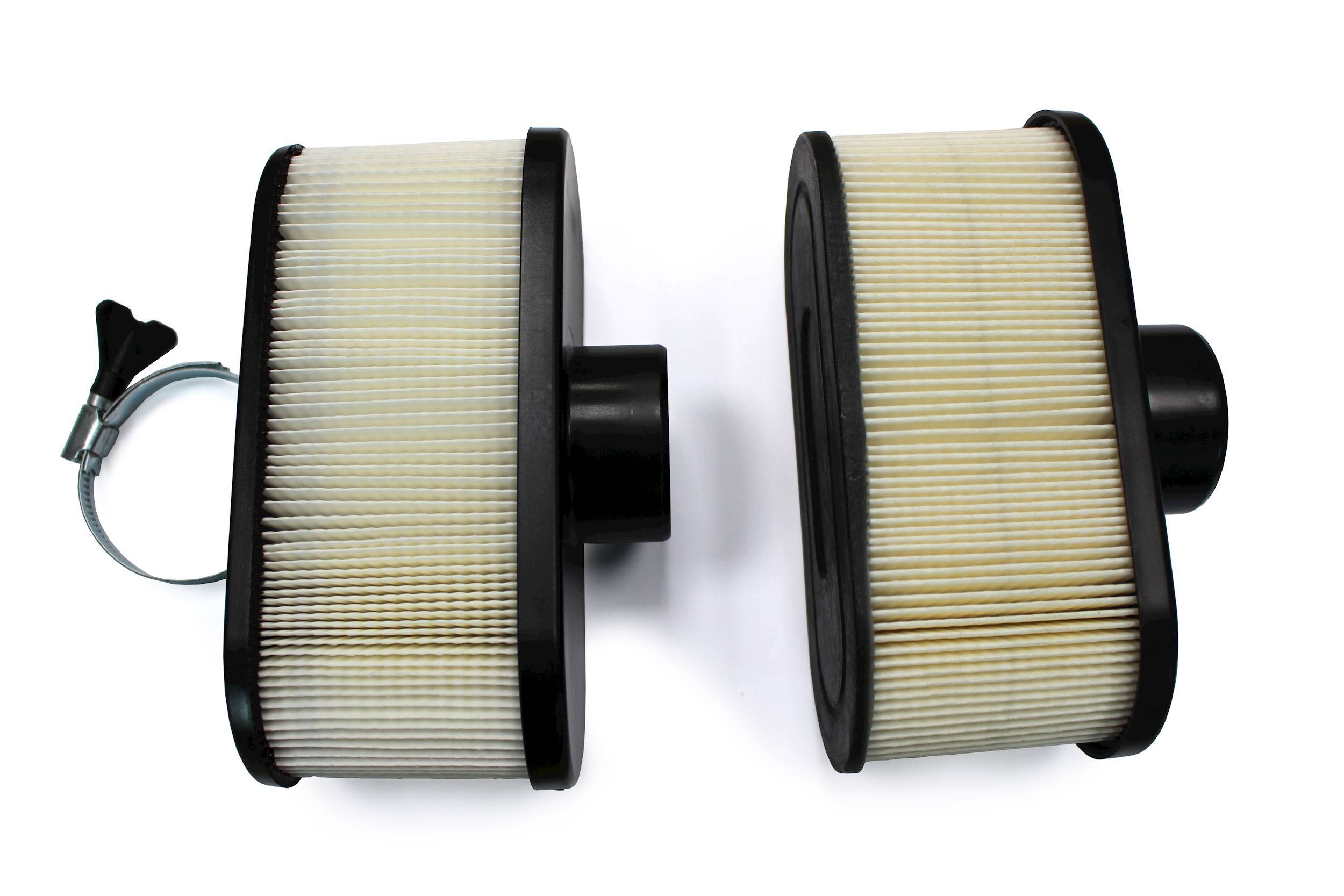
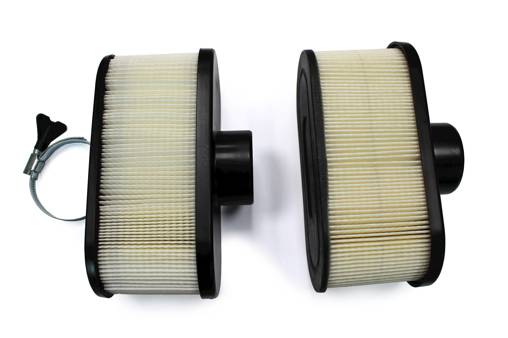
Why is the genuine Kawasaki air filter superior?
- A low micron rating and more folds – you can see in the image above that the material for the Kawasaki Engines genuine filter (on the left) is more compact, allowing for superior filtration.
Potential issues with a non-genuine air filter include:
- While not instantaneous, a poor air filter will gradually degrade the engine, shortening its lifespan and impacting performance.
- Dirt ingested into the engine through the air intake will cause premature wear of the pistons, piston rings and bore. In extreme circumstances, the engine would need expensive repairs.
- Dirt in the carburettor or injection throttle body could cause blockages causing rough running, poor performance and excessive fuel consumption – causing additional, preventable, expensive maintenance.
- Dust or dirt around the valves will cause combustion problems and require extra maintenance, for example; cylinder head removal, or cleaning build-up of debris (a ‘decoke’).
Fuel filter
The fuel filter is another commonly replaced part that can lead to major issues if a poor non-genuine replacement is used.
You can see that the genuine Kawasaki fuel filter on the left is very different even in appearance to the non-genuine part on the right.
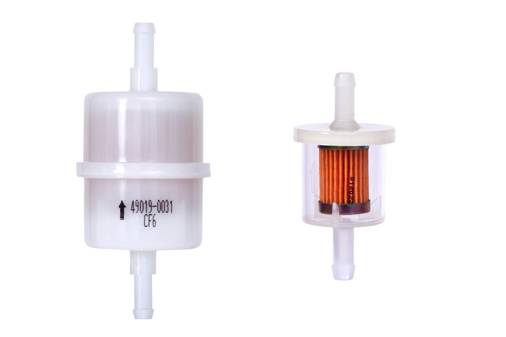
Why is the genuine fuel filter superior?
- Much like the air filter, what makes the genuine Kawasaki fuel filter superior is the low micron rating. Our fuel filters have a 10 micron rating; the element traps more contaminants to ensure a clean, even fuel flow, which assists optimum engine performance and extends the life of the engine.
- This fuel filter is also designed to be used on the Kawasaki range of Electronic Fuel Injection (EFI) engines.
Potential issues with a non-genuine fuel filter include:
- Dirt ingested into the fuel system, especially the EFI system, will cause damage and potentially lead to failure.
- In carburettor engines, debris allowed to pass through a poor fuel filter can block the internal components of the carburettor and cause it to fail.
- In EFI systems, debris can block fuel lines, the fuel pump and injectors, causing them to fail. As mentioned earlier, replacing the injectors is a costly process.
- Some non-genuine part suppliers may incorrectly offer a standard carburettor fuel filter for an EFI engine. It is important to use the correct fuel filter on the EFI otherwise the injectors will be damaged.
- Kawasaki uses a 10-micron fuel filter for its petrol engine range, including the EFI. A larger micron element filter, i.e. 20 or 30-micron, will allow unwanted particles to pass through the fuel system.
Cutting corners on other engine parts
Even smaller changes like a spark plug can cause problems for your engine if cheaper, non-genuine parts are used. Spark plugs are rated for a specific engine – just looking similar isn’t enough; elements like heat rating are different according to the engine they’re designed for.
Kawasaki engines use NGK spark plugs, and each engine requires a different model. If the spark plug isn’t rated for the engine, it can affect pre-combustion. In this case, the fuel won’t burn properly and it can cause internal damage. For a 2-stroke engine, this could lead to a complete engine failure.
Where can you purchase Kawasaki Engines genuine parts?
You can purchase Kawasaki Engines genuine parts through an Authorised Kawasaki Engines Dealer! We have a wide network of dealers situated across Europe – use our interactive map and find a dealer close to you.
You may be interested in
-
How long do Kawasaki engines last?

-
A match made in heaven: how do we pair Kawasaki engines with the machines they power?

-
How do we guarantee quality at Kawasaki Engines? A behind-the-scenes look into our US manufacturing plants

-
4-stroke engine maintenance: a how-to guide

-
Kawasaki Engines genuine parts and non-genuine aftermarket parts: what’s the difference?

-
Winter pre-storage preparation for your Kawasaki powered equipment







